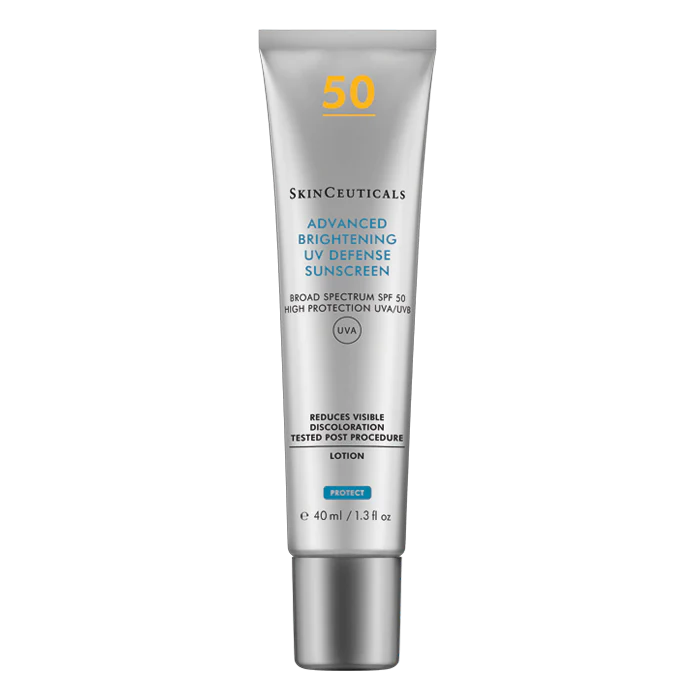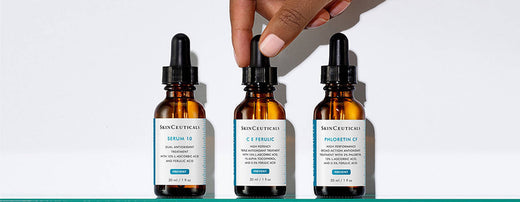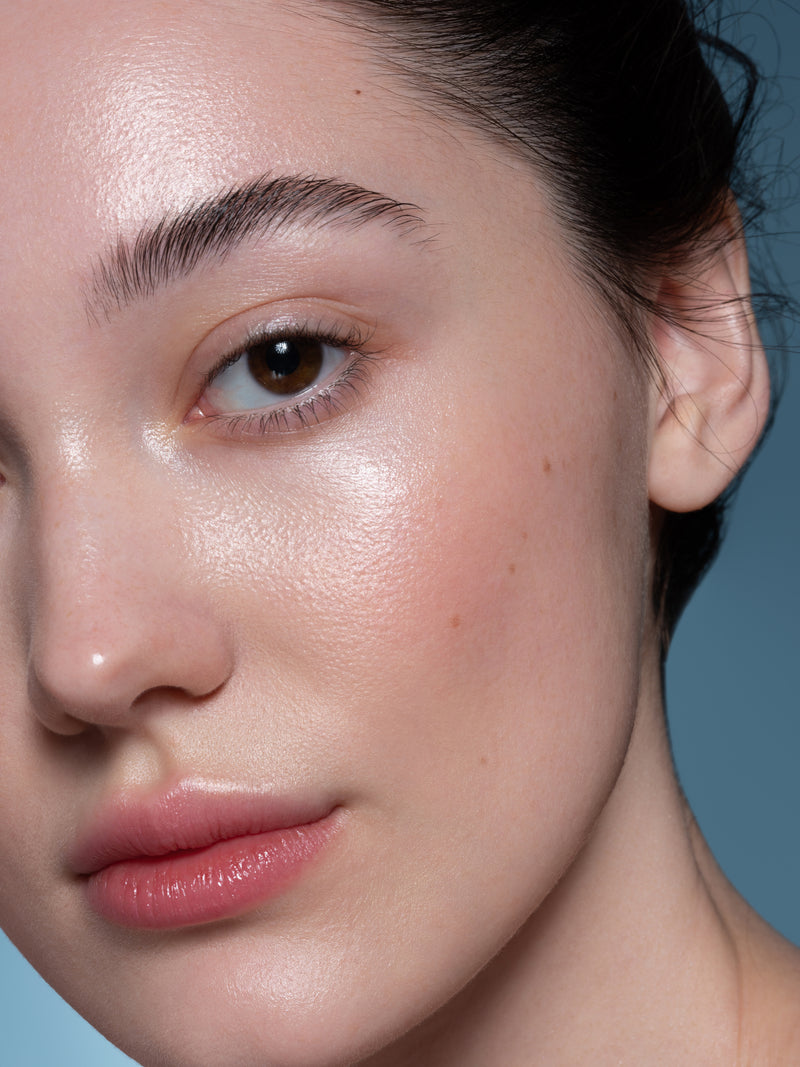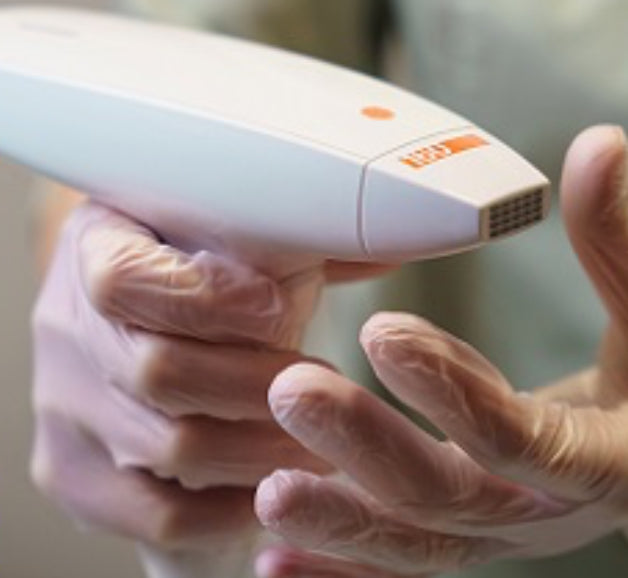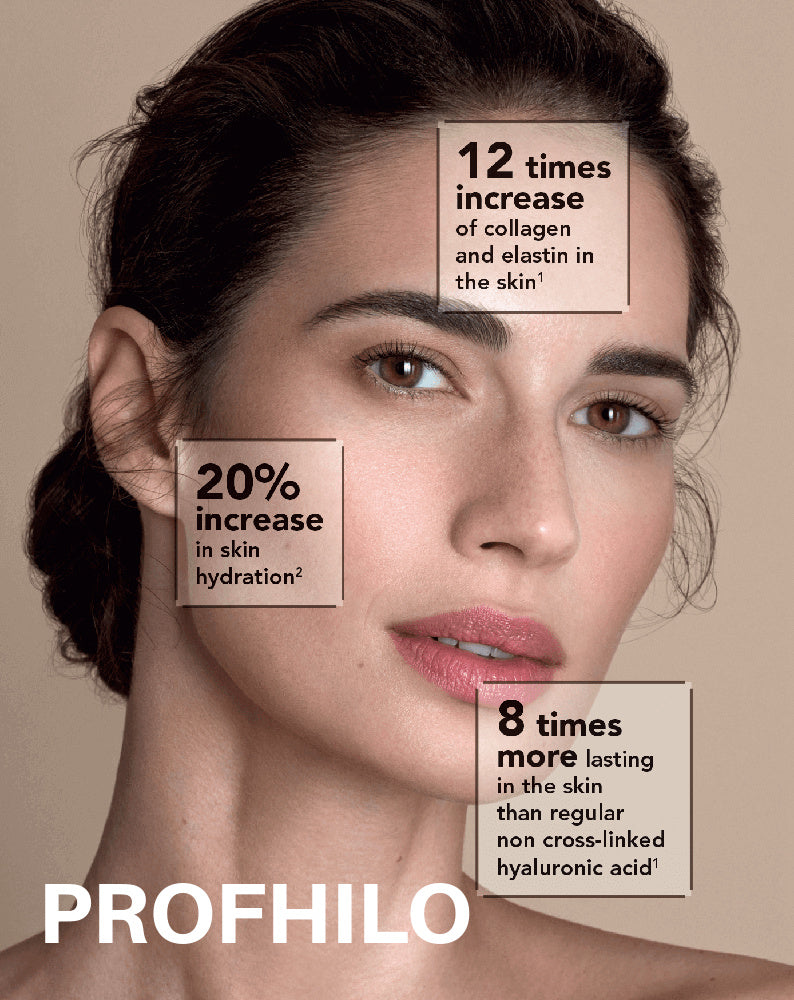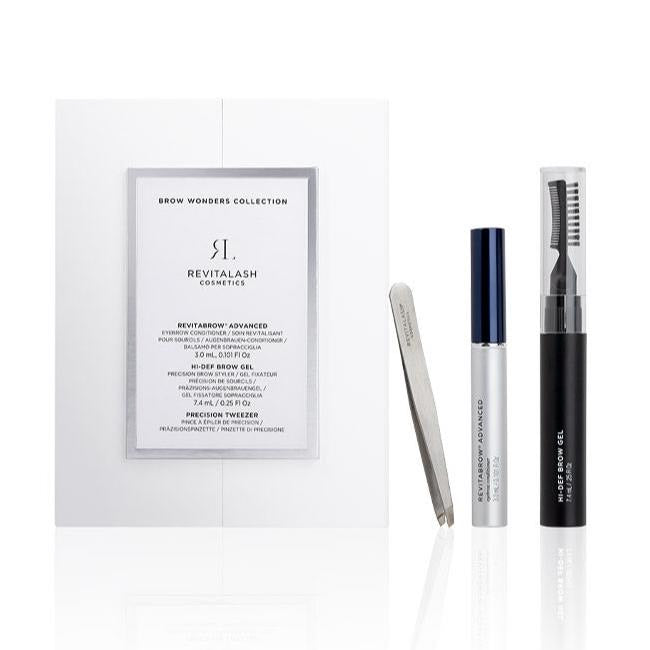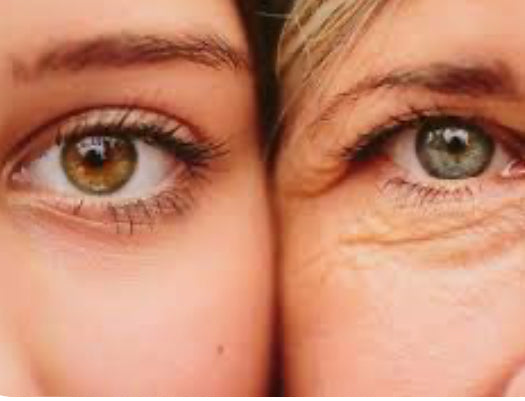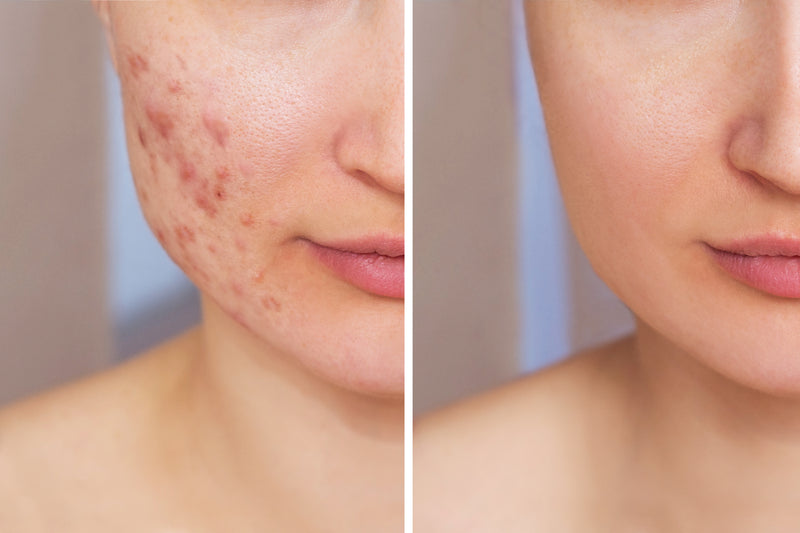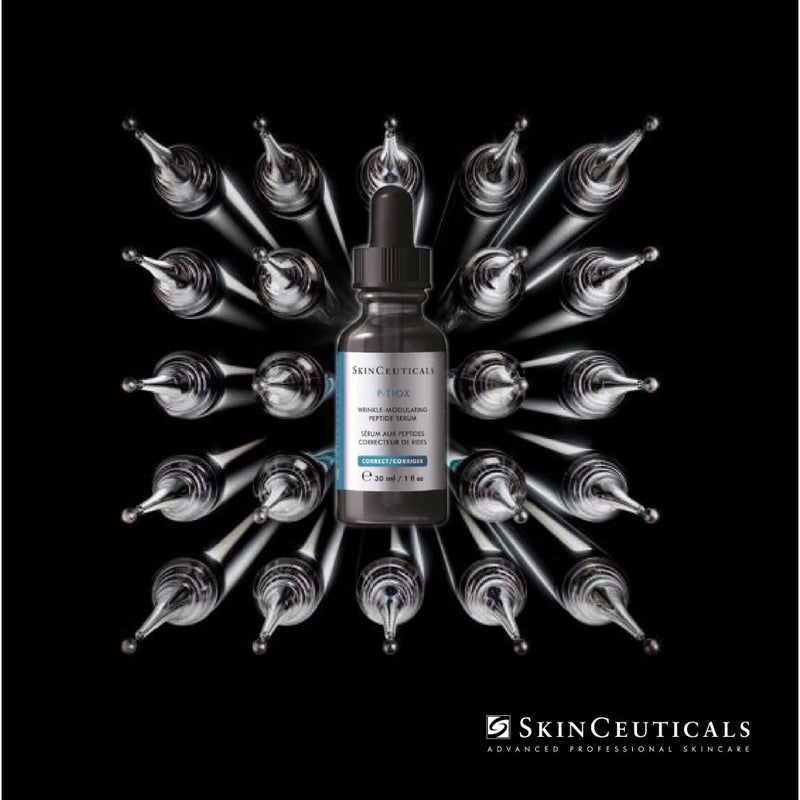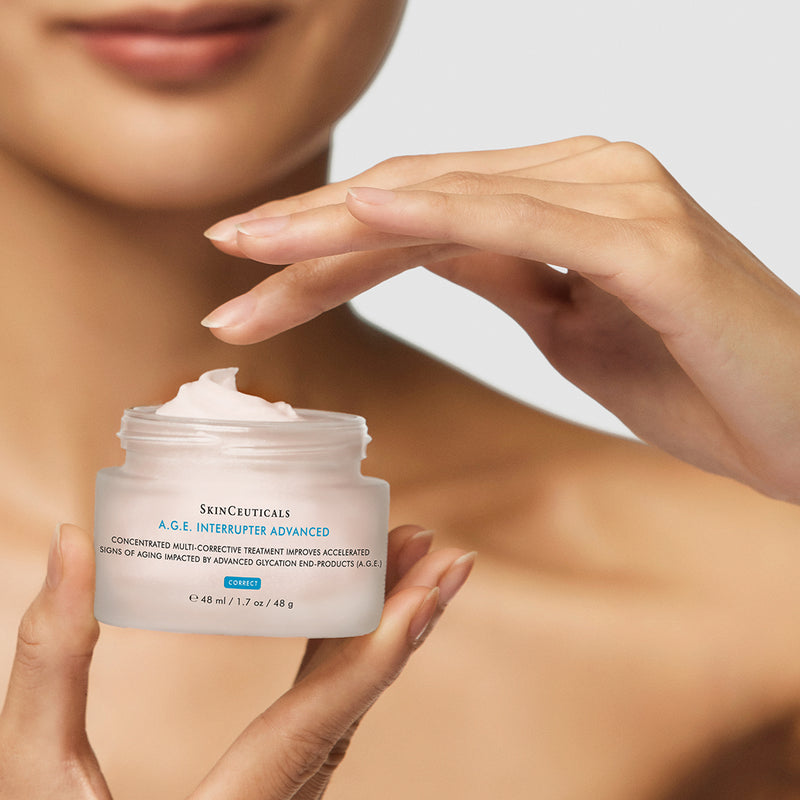
When it comes to addressing the delicate under-eye area, the word of aesthetics has no shortage of treatments. One of the treatments making waves are polynucleotides. Promising to revitalise tired eyes and improve skin quality, they are emerging as an exciting alternative to traditional options like tear trough fillers for some people.
What are Polynucleotides?
Polynucleotides are natural molecules derived from DNA and RNA chains. Essentially, they are building blocks of nucleic acids that exist naturally within the body. In the context of skincare and aesthetics, they are most sourced from salmon or trout DNA. Interestingly – they are not new as their use in medical treatments has been well-established, particularly for promoting tissue repair and regeneration.
When injected into the skin, they stimulate cell activity, encourage the production of collagen and elastin, and improve microcirculation. Their regenerative properties have made them popular in the field of skin rejuvenation, especially in areas where the skin is delicate and prone to signs of ageing – like under the eyes.
How do Polynucleotides work under the eyes?
The under-eye area is one of the first places to show signs of ageing due to its thin skin and lack of oil glands. Factors such as genetics, lifestyle, stress, and insufficient sleep can exacerbate concerns like dark circles, fine lines, puffiness, and overall tiredness. Polynucleotides offer a solution by targeting these issues at the cellular level.
-
Boosting hydration: Polynucleotides bind to water, ensuring the under-eye area is deeply hydrated. This creates a plumper, healthier appearance.
-
Improving elasticity: By stimulating collagen and elastin production, polynucleotides can restore firmness and reduce crepiness in the skin.
-
Promoting tissue repair: Their regenerative properties repair damaged tissue, improving overall skin quality and reducing fine lines.
-
Enhancing blood flow: Polynucleotides promote microcirculation, which can help minimise dark circles caused by poor blood flow.
-
The result is a fresher, more youthful appearance that enhances the entire under-eye area.
How polynucleotides compare to fillers?
Dermal fillers have long been a go-to solution for under-eye concerns, primarily addressing volume loss, but polynucleotides offer a completely different approach focused on improving skin quality and fostering cellular regeneration. Fillers, made of hyaluronic acid, work by adding volume to hollowed areas under the eyes, instantly lifting and smoothing the region. Polynucleotides offer a more natural looking solution – targeting hydration, elasticity, and overall skin texture by stimulating collagen and elastin production and promoting microcirculation.
While fillers provide immediate results that last between 6 to 18 months (and sometimes even longer), polynucleotides yield gradual improvements over weeks as they repair and rejuvenate the skin, often requiring multiple sessions for optimal results. Fillers are ideal for individuals with significant volume loss or deep tear troughs, whereas polynucleotides suit those with fine lines, crepeyness, mild dark circles, and tired-looking skin. In some cases, combining both treatments may achieve the best results, depending on your concerns and goals.
What results can you expect?
Patience is key when it comes to polynucleotides. Unlike fillers, which provide immediate results, polynucleotides require time for your skin to regenerate and repair. Most patients notice a gradual improvement in hydration, elasticity, and brightness over 4-6 weeks, with the best results appearing after 2-3 sessions spaced a few weeks apart.
Here’s what you can realistically expect:
Week 1: Mild swelling or redness that subsides within a few days.
Week 4: Subtle improvements in skin texture, hydration, and tone.
Week 8-12: Significant reduction in fine lines and a brighter, more youthful under-eye area.
Are Polynucleotides worth it?
If you’re looking for a gentle, natural-looking solution to rejuvenate the under-eye area, polynucleotides are worth considering. They are particularly effective if your concerns are more about skin quality than volume loss. Their ability to hydrate, repair, and revitalise makes them a fantastic option for those seeking subtle yet impactful improvements.
However, it’s essential to set realistic expectations. Polynucleotides are not a “quick fix,” and results take time to appear. Additionally, they may not be suitable for individuals with severe volume loss or deep tear troughs – in such cases, fillers might be the better choice
